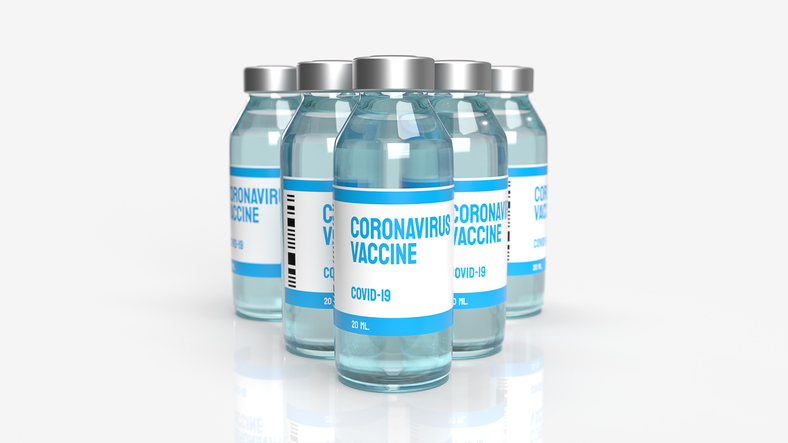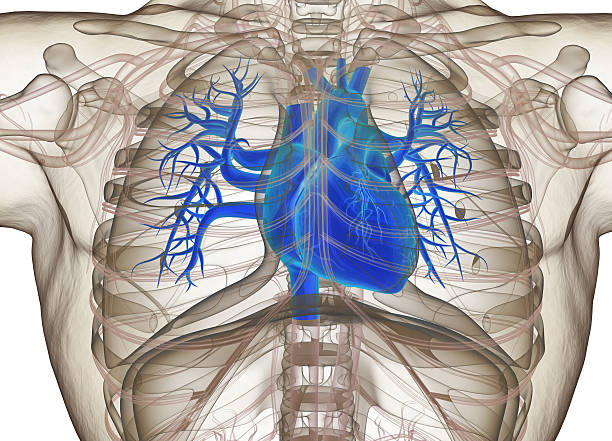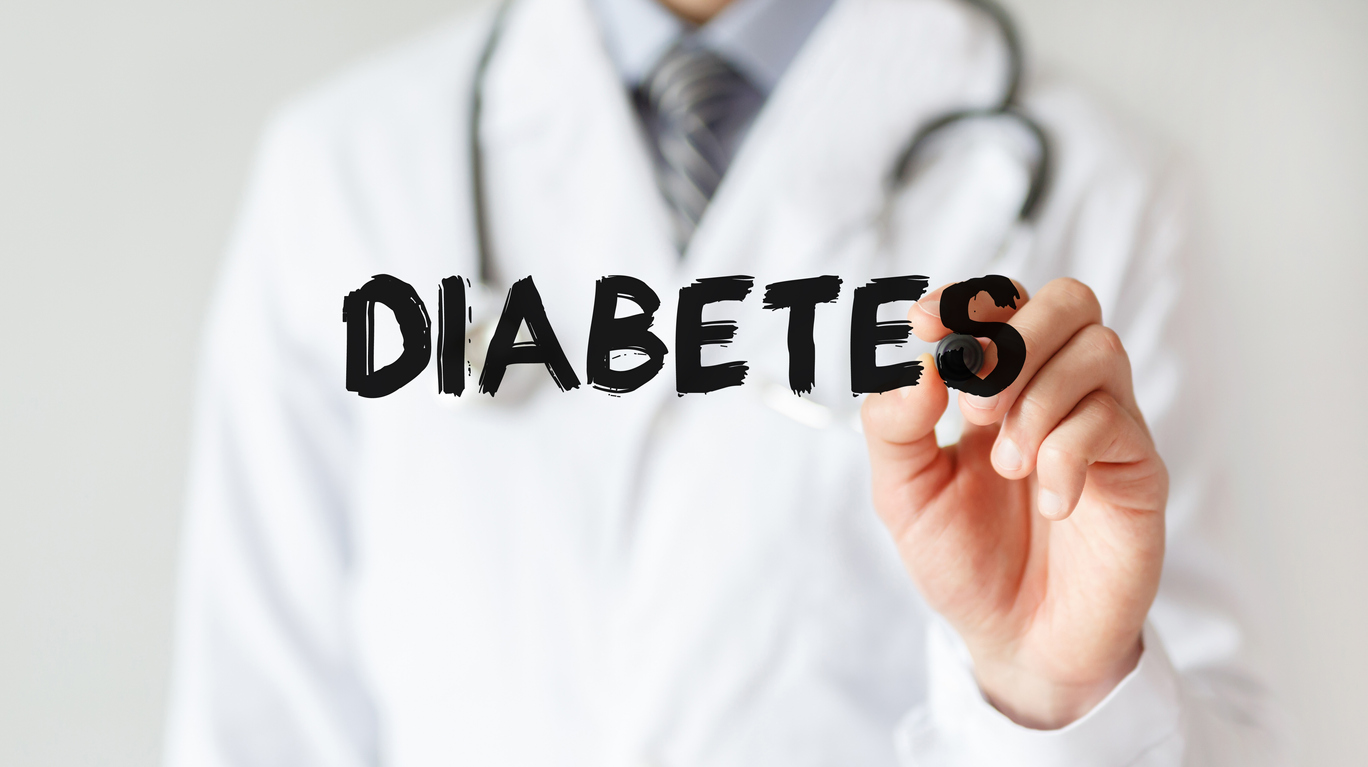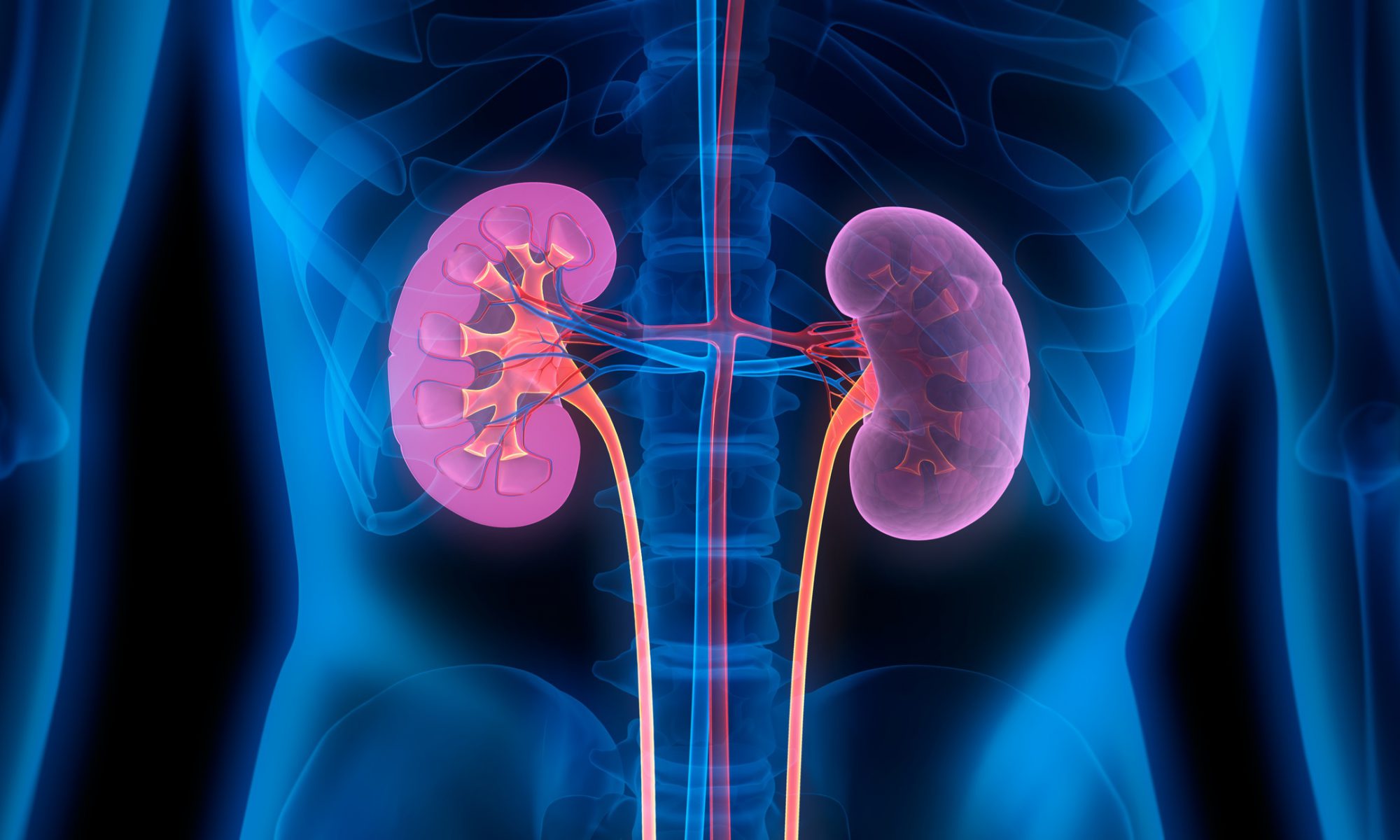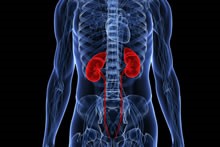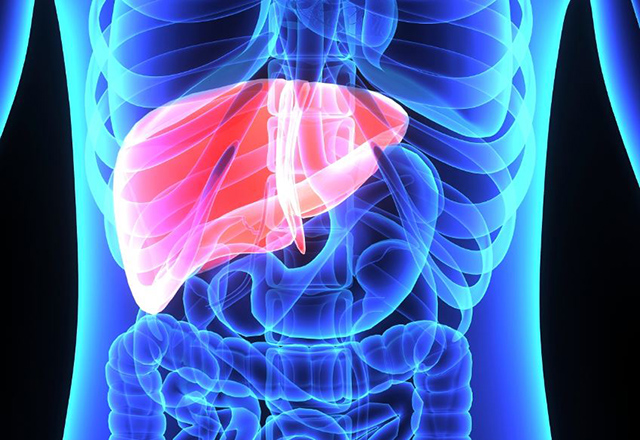The CDC has recently streamlined its guidance for COVID-19 vaccines and Evusheld, a preventive COVID-19 treatment, known as pre-exposure prophylaxis (PrEP), for people who are moderately or severely immunocompromised, including people who are kidney transplant recipients. Read the full article from National Kidney Foundation here.
Are Heart Transplantation Outcomes Worse After the New OPTN Policy?
In 2016, the Organ Procurement and Transplantation Network (OPTN), which is administered by the United Network for Organ Sharing (UNOS), approved a new heart allocation policy that went into effect October 18, 2018. The revised policy reflected the need to reassess prioritization of heart transplantation candidates and eliminate geographic disparities in access. It was designed to equitably allocate donor hearts to patients with the highest risk for mortality across geographic regions and increase the transplantation rate. Read this editorial collaboration from MedScape and American College of Cardiology.
Diabetes-Related CKD Rates Dropped Slightly in Recent Years
— But high incidence, especially in certain racial groups, remains a concern
Rates of chronic kidney disease (CKD) in people with diabetes have dipped in recent years but still remain high, researchers reported.
Between 2015 and 2020, the incidence of CKD among those with diabetes dropped by an estimated 17.6 cases per 1,000 person-years, Katherine R. Tuttle, MD, of Providence Health in Spokane, Washington, and colleagues wrote in a New England Journal of Medicine correspondence. Read the full story in MedPage Today.
The Kidney Transplant Ecosystem Is Ripe for Reform
— Here are the policies and payment systems that need to change
For many patients with advanced chronic kidney disease (CKD) or end-stage kidney disease (ESKD), the treatment that provides the longest and best quality of life is a kidney transplant. Recently, the U.S. transplant system achieved a record milestone, with over 40,000 organ transplants performed in 2021. Despite this achievement, there are still many more people waiting years for a kidney than there are kidneys available. The transplant ecosystem, while functioning well, could be significantly improved with additional reforms. Read more in MedPage Today.
Myocarditis, pericarditis remains rare after COVID-19 booster
Myocarditis and pericarditis after COVID-19 vaccination is rare across demographic groups and most likely to occur in teen boys in the week after their second shot of a two-dose vaccine, according to a study.
It was also more likely to occur after a booster shot compared with a first dose of vaccine, the study showed. Read the full story in Healio.
Study investigates the link between protein intake and skeletal muscle mass in kidney transplant recipients
Conventional wisdom holds that low protein intake is essential for kidney disease patients. However, scientists from Osaka Metropolitan University demonstrated that it might not always be the case with their recent study on the relationship between protein intake and skeletal muscle mass in kidney transplant recipients. Their findings were published in Clinical Nutrition. Read more in News Medical Life Sciences.
New strategies to improve clinical outcomes for diabetic kidney disease
Abstract
Background
Diabetic kidney disease (DKD), the most common cause of kidney failure and end-stage kidney disease worldwide, will develop in almost half of all people with type 2 diabetes. With the incidence of type 2 diabetes continuing to increase, early detection and management of DKD is of great clinical importance. Read this abstract in its entirety on BMC Medicine.
Pediatric heart transplant waiting times rose during pandemic, but mortality did not
During the COVID-19 pandemic, the waiting list times for pediatric heart transplants were longer than before the pandemic, but waiting list mortality did not change, according to a research letter published in JAMA Network Open.
The researchers compared 610 children (mean age, 6.93 years) who received a heart transplant during the pandemic period, defined as March 2020 to June 2021, with 626 children (mean age, 6.74 years) who received a heart transplant during the pre-pandemic period, defined as November 2018 to February 2020. Read the full story in Healio.
CMS’ Financial Incentives Didn’t Move the Dial on Home Dialysis
— Incentives may just not be strong enough, say some
Financial incentives to encourage home dialysis may be falling flat, according to a first-year analysis of Medicare’s End-Stage Renal Disease (ESRD) Treatment Choices (ETC) Model.
Compared with controls, ESRD facilities and managing clinicians practicing within a hospital referral region randomized to receive financial incentives only increased the number of new patients with home dialysis in the first 90 days of treatment by a non-significant 0.12% (P=0.88), reported Yunan Ji, PhD, of Georgetown University in Washington, D.C., and colleagues. Read the full story in MedPage Today.
Living donor transplantation offers a safe alternative for liver transplant patients
Living donor liver transplants can reduce waitlist time and deaths according to a new study published in the Journal of Hepatology
Newswise — Amsterdam, September 26, 2022 – Demand for donor livers for transplant patients outstrips supply with over 15% of waitlist patients dying after a year. A new international study offers support for increasing the use of living donor liver transplantation (LDLT) in Western countries and reducing the imbalance between organ supply and demand. This study is reported in the Journal of Hepatology, the official journal of the European Association for the Study of the Liver, published by Elsevier.
Read more in Newswise.
